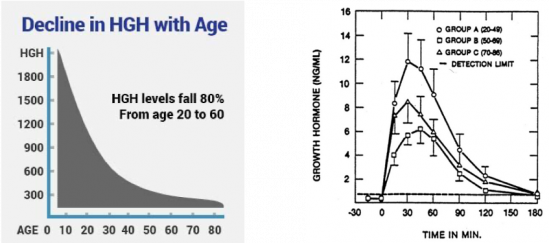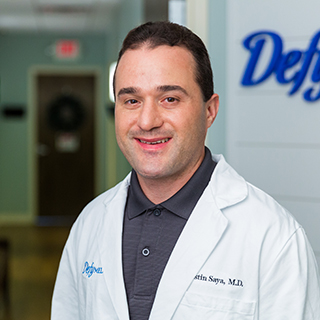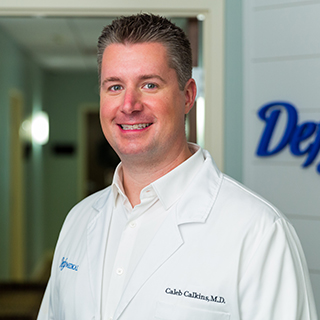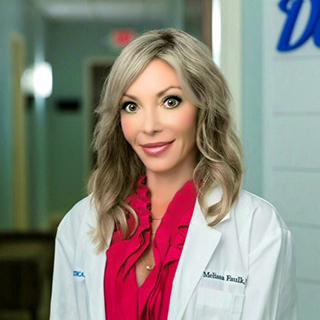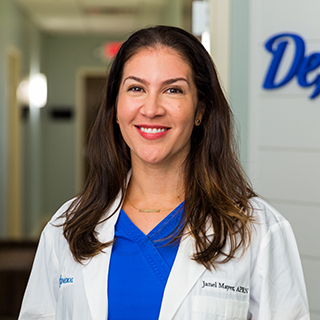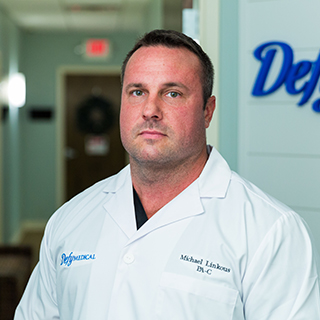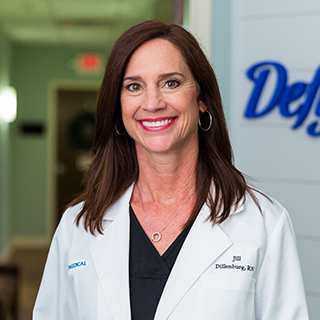Growth hormone deficiency (GHD) is the medical condition resulting from inadequate production and/or utilization of hGH.
GHD was initially observed in children, where it sometimes occurs because of problems in the brain and pituitary gland. Childhood-onset GHD significantly affects growth and development and causes medical problems and reduced quality of life. Childhood-onset GHD has been treated with GHRT for more than 30 years.
Historically, hGH therapy in children with GHD was discontinued when the child reached their full height and bone growth ceased. The focus on height reflected a measure of successful GHRT therapy and. at the time, hGH was extracted from human cadavers making supply very limited.
Genetic advances made it possible to clone the gene that produced hGH in cell culture, which makes the recombinant form of human growth hormone (rhGH) widely available. Today, rhGH is the drug of choice, due to its broad availability, efficacy, and because it avoids the risk of transmitting a fatal virus that was associated with cadaver-derived hormone.
Treating GHD in Adults
Although originally indicated for use in childhood GHD, in 1996 rhGH became a licensed indication for GH-deficient adults in the United States, several European countries, and New Zealand.
This action was taken because people who had been treated with rhGH as children and then were routinely discontinued from treatment upon reaching final height, experienced higher than expected rates of medical problems as adults, beginning in their 30s and 40s.
These included reduced physical, mental, and social energy, excess adipose tissue, diminished muscle mass, diminished libido, poor bone density, higher than normal cholesterol levels, and elevated rates of cardiovascular disease. Research trials soon confirmed that a few months of GH replacement therapy could improve nearly all these parameters in GHD patients.
Coincidentally, it was noticed that the same changes in body composition and the increased risk for metabolic diseases also occur spontaneously as men and women grow older!

